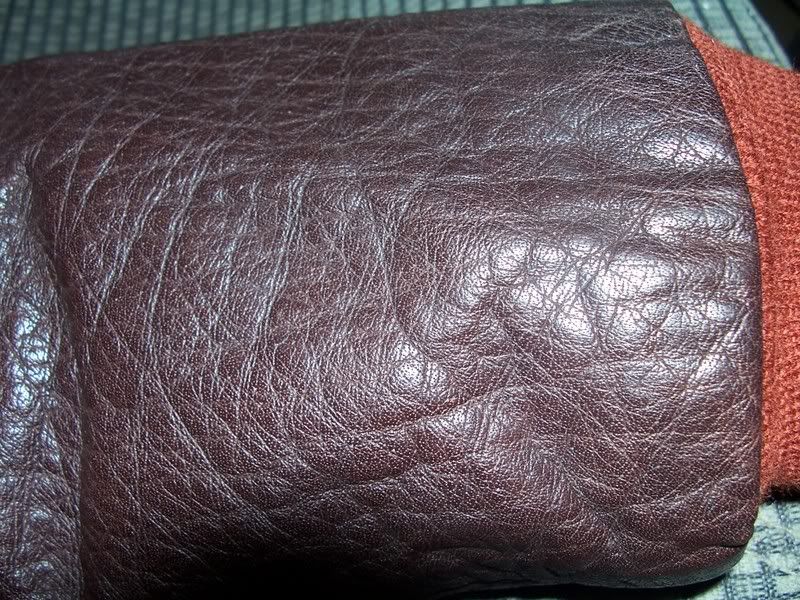Longshanks
New in Town
- Messages
- 39
- Location
- New York, NY
Hi all--
Goatskin, and so I've heard, horsehide tend to do well in the rain (fairly waterproof), without any real damage to the hides. Steerhide does OK, but perhaps a little more porous (and leaving only a slightly stronger leather smell). And of course there are variations depending on how the leather is prepared. Anybody have any experience with buffalo leather?
Cheers
Longshanks
Goatskin, and so I've heard, horsehide tend to do well in the rain (fairly waterproof), without any real damage to the hides. Steerhide does OK, but perhaps a little more porous (and leaving only a slightly stronger leather smell). And of course there are variations depending on how the leather is prepared. Anybody have any experience with buffalo leather?
Cheers
Longshanks





